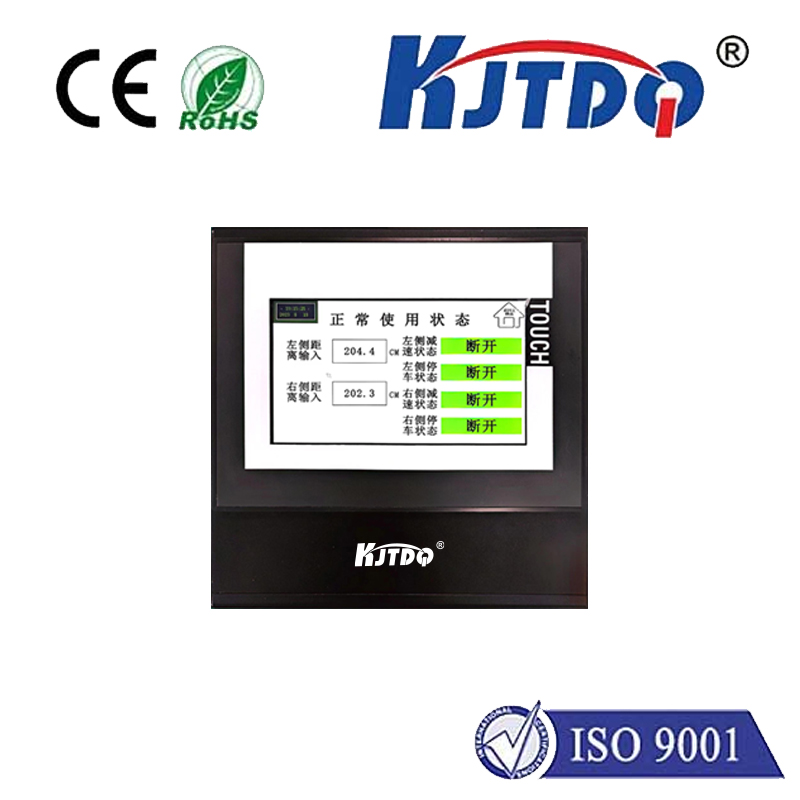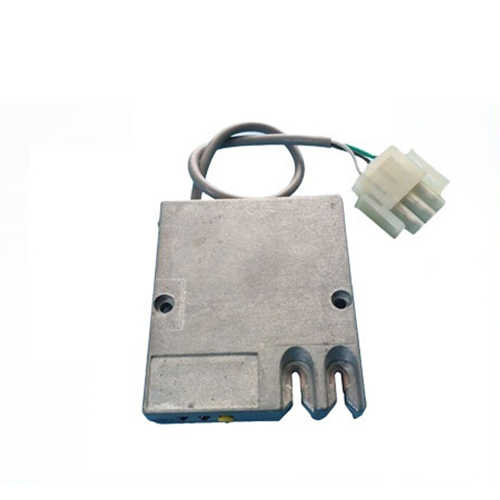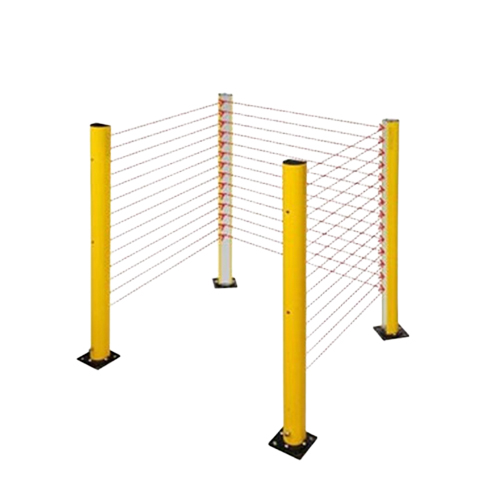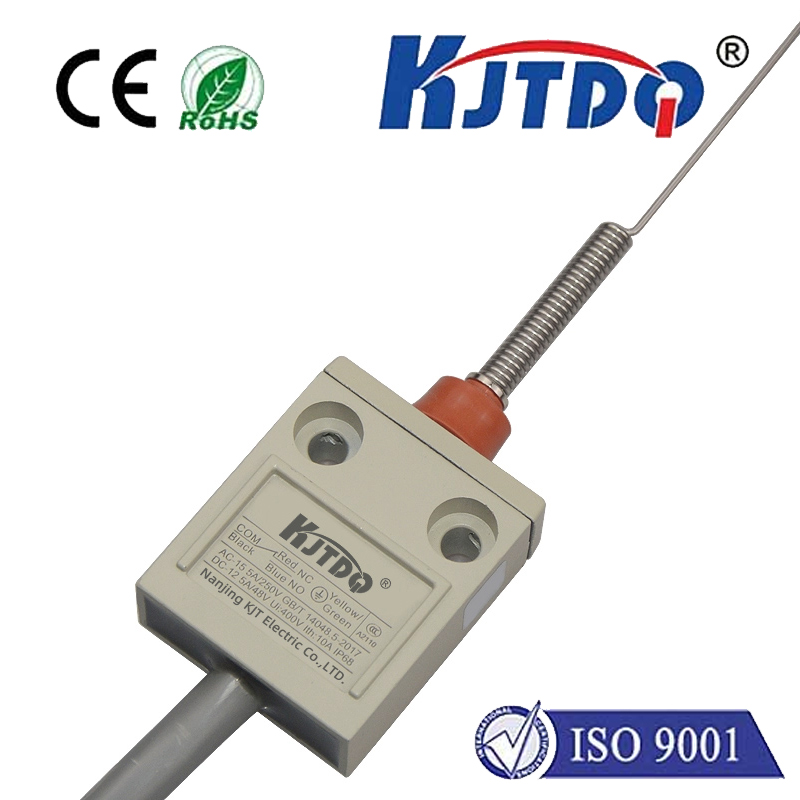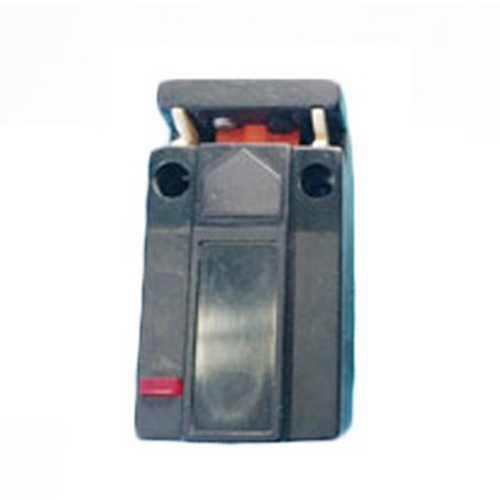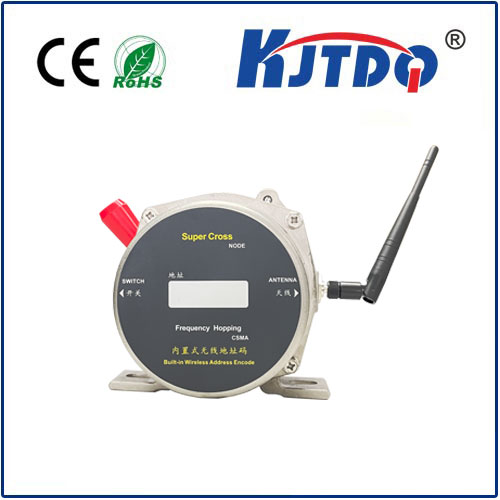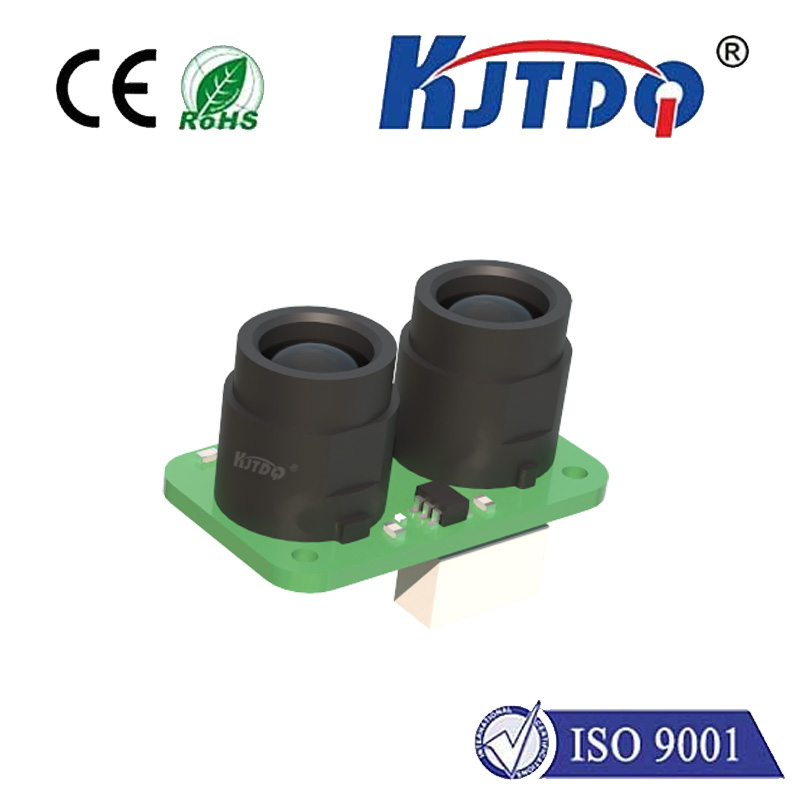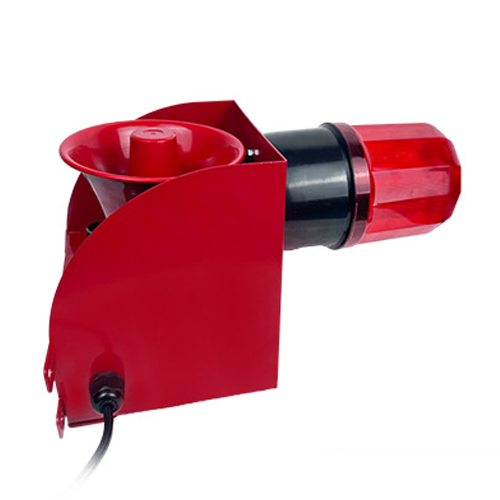E3Z-LS81-M1J 0.3M Photoelectric sensor
- time:2025-09-26 04:17:01
- Click:0
Precision Detection at Your Fingertips: Exploring the Omron E3Z-LS81-M1J 0.3M Photoelectric Sensor
Imagine perfectly aligned products on a high-speed conveyor, precise part verification in automated assembly, or reliable object detection in compact machinery. This level of accuracy and reliability in industrial automation hinges on one critical component: the humble photoelectric sensor. Among the diverse range available, the Omron E3Z-LS81-M1J 0.3M Photoelectric Sensor stands out as a remarkably capable solution for applications demanding close-range precision.
Photoelectric sensors are the workhorses of object detection, using light beams to sense the presence, absence, or distance of targets without physical contact. Unlike mechanical switches, they offer wear-free operation, high reliability, and fast response times – essential for modern automation. The E3Z-LS81-M1J belongs to Omron’s renowned E3Z series, celebrated for its compact size, robust construction, and consistent performance. This particular model brings a specific set of advantages tailored to certain industrial niches.
Decoding the Model: Core Capabilities
- E3Z-LS81: This identifies it as a Retroreflective type sensor. Unlike thru-beam sensors needing separate emitter and receiver units, retroreflective types combine both into a single housing. They emit a beam towards a reflector; when an object interrupts the reflected beam, the sensor detects it. This simplifies installation in many scenarios.
- M1J: This suffix denotes specific variants within the LS81 range. Crucially, the “M” often indicates models featuring Background Suppression (BGS) technology. This advanced functionality allows the sensor to ignore objects beyond a preset distance, focusing solely on detecting objects within its defined sensing range. The “J” typically relates to the output configuration (often an NPN output).
- 0.3M: This clearly specifies the sensor’s sensing range: 0.3 meters (300 millimeters). This fixed range is a defining characteristic of this M1J variant.
Why the 0.3M Range Matters: Targeted Advantages

The 0.3-meter detection distance of the E3Z-LS81-M1J isn’t arbitrary; it targets specific application needs:
- Compact Machinery & Tight Spaces: In modern manufacturing, space is premium. Equipment like small assembly robots, benchtop testers, or packaging units often require detection in confined areas where larger sensors or longer ranges are impractical or unnecessary. The E3Z-LS81-M1J 0.3M fits perfectly.
- Precise Positioning & Verification: Applications demanding high positional accuracy at relatively close quarters benefit immensely. Think verifying the exact placement of a component on a small fixture, detecting the edge of a precisely cut part on a slide, or confirming the presence of a small item in a designated pocket before a process starts. The fixed range combined with BGS enhances positional reliability.
- Bin Picking & Part Feeding: Guiding robotic arms or verifying part pickup/drop-off within bins or feeders often occurs at close range. The sensor provides reliable detection feedback crucial for these intricate handling tasks.
- Overcoming Challenging Backgrounds: This is where Background Suppression (BGS) truly shines. Imagine detecting a dark object on a dark conveyor belt, or needing to sense an object reliably even if reflective surfaces (like metal frames) exist further behind it. Standard retroreflective sensors might falsely trigger on the distant background or struggle with low-contrast targets. The BGS technology in the M1J model electronically focuses its detection zone only within the specified 0.3m range, effectively ignoring anything beyond it. This significantly boosts reliability in complex environments.
Beyond the Range: Key Features for Robust Performance
- Compact & Rugged Design: Omron’s E3Z series is known for its miniaturization. This compact footprint (approx. 31 x 12 x 34 mm) allows installation where space is severely limited, without sacrificing durability thanks to its IP67-rated housing (dust-tight and protected against temporary water immersion). This robustness ensures longevity in demanding factory conditions.
- Enhanced Visibility: A large, bright status indicator LED provides clear visual confirmation of the sensor’s operating state (power, stability, output) from multiple angles, simplifying setup and troubleshooting.
- Easy Installation & Adjustment: Simple mounting brackets and straightforward wiring (connector or pre-wired cable options often available) minimize installation time. Fine-tuning is typically via potentiometer adjustment accessible on the side of the housing.
- Stable Detection: Omron incorporates technologies to minimize the impact of ambient light variations and power supply fluctuations, ensuring consistent and reliable operation crucial for automated processes.
Ideal Applications for the E3Z-LS81-M1J 0.3M
Given its specific strengths, this sensor excels in:
- Small Parts Assembly: Verifying component placement, detecting presence on miniature pallets or fixtures.
- Packaging Machinery: Checking flap closure on small boxes, detecting labels or products within confined machine sections, verifying product transfer points.
- Pharmaceutical & Lab Automation: Precise handling of vials, cartridges, or blister packs where close-range detection is paramount.
- Electronics Manufacturing: Verifying board presence in compact testers, detecting components on feeders, ensuring correct insertion.
- Conveyor Tracking (Close Range): Detecting small objects or specific features on products as they pass a defined point on a short conveyor section.
- Robotics: End-of-arm tooling verification, part pickup/drop-off confirmation in robotic cells.
Implementing for Success
Deploying the E3Z-LS81-M1J effectively involves:
- Correct Mounting: Secure the sensor firmly, ensuring it is perpendicular to the reflector (supplied separately) for optimal beam reflection. Vibration-prone areas may benefit from locking nuts.
- Reflector Positioning: The reflector must be placed precisely within the sensor’s beam angle and within the specified maximum range (which for this model is defined by its 0.3m BGS capability).
- Precise Adjustment: Power on the sensor and use the adjustment potentiometer to fine-tune sensitivity. Introduce the target object within the 0.3m range and adjust until the output reliably switches only when the object is present. The stability indicator LED aids this process.
- Environmental Considerations: While robust (IP67), avoid mounting where it could be subjected to direct high-pressure water jets outside its rating. Be mindful of very dusty or oily environments potentially obscuring the lens or reflector over time; regular cleaning may be needed. Ensure the operating temperature range (typically -25°C to 55°C) is respected.
Conclusion
The Omron E3Z-LS81-M1J 0.3M Photoelectric Sensor embodies focused engineering. Its defining 0.3-meter sensing range coupled with critical Background Suppression technology makes it an indispensable tool for applications demanding reliable, close-range object detection in confined spaces and amidst challenging backgrounds. Whether ensuring precision in miniaturized assembly, verifying presence in packaging lines, or guiding robotic arms, this compact and rugged sensor delivers consistent performance where it matters most. For automation engineers seeking a dependable solution for intricate detection tasks within a short range, the E3Z-LS81-M1J offers a compelling blend of precision, reliability, and ease of integration.






